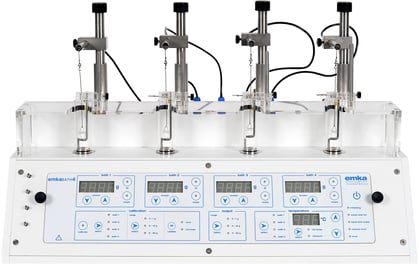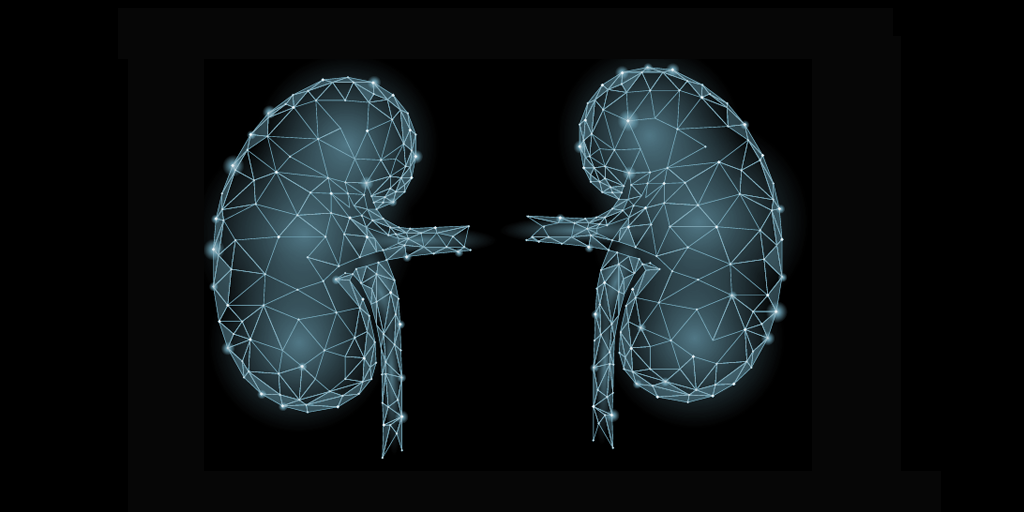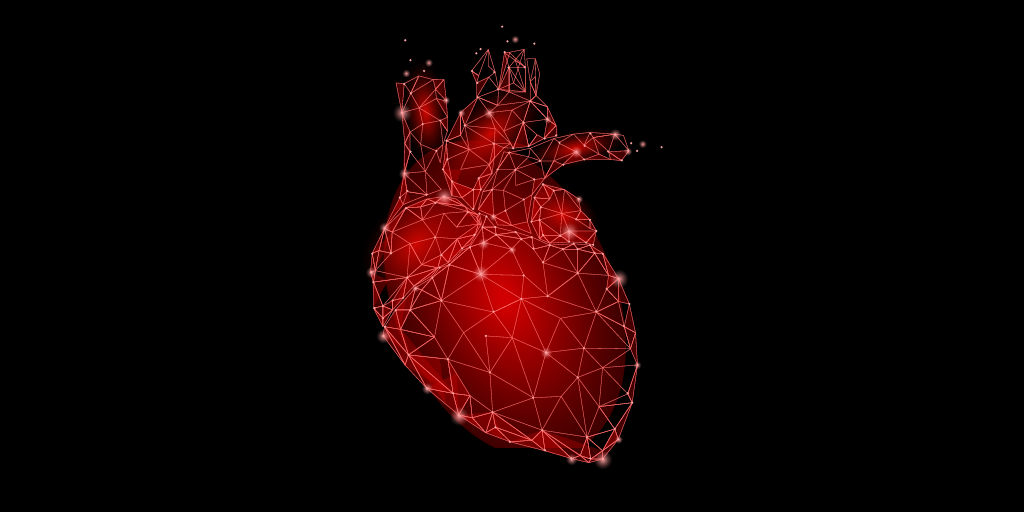Ex vivo studies provide valuable pharmacology insights across many domains.
Isolated organ or tissue systems give researchers complete environmental control (temperature, pressure, flow, perfusate, etc.) and remove the normal homeostatic regulation and whole animal influences. Such systems allow researchers to more quickly and accurately determine cause and effect in the absence of endogenous influence.

Isolated heart setup and Organ perfusion systems allow researchers to investigate the heart, liver, kidney or mesenteric beds of small healthy or diseased animals as well as following drug challenges. These systems feed nutrients and oxygen to the organ after its removal from the animal. These preparations are useful because they allow for the addition of drugs (via the perfusate) and observation of their effect on the organ without the complications involved with in vivo experimentation, such as neuronal and hormonal effects from living animal.
The development of genetic manipulation has also extended the scope of isolated organ studies. Transgenic mice can be subjected to organ perfusion experiment in order to characterize the pharmacological effect of this manipulation.
Studying the pacemaker activity of the sinus node with Langendorff isolated heart
Matthias Baudot et al has recently investigated the role of L-type Cav1.3 and T-type Cav3.1 Ca2+ channels in mechanisms that control the heartbeat. In this context, hearts from knockout mice were perfused on a Langendorff system to record ECG under controlled conditions. Electrodes were placed on the epicardial side of the right atrium close to the SAN area and near the ventricular apex.
Tissue baths or myographs are widely used to study the effects of agonists and antagonists through the measurement of tissue contractility. Dose and concentration response curves allow for quantification of a drug’s pharmacological profile and the calculation of EC50’s. Typical tissues and the receptors studied with tissue bath or myograph preparations include nicotinic, muscarinic and histamine receptors in the ileum or beta adrenoceptors in the bladder.
Tissue bath and myograph systems act as a bridge between whole animal and high throughput single receptor cell based screening tools.
Highlight on gastrointestinal dysfunction
Gastrointestinal disorders involve the gastrointestinal tract, from the esophagus to the rectum, as well as the accessory organs of digestion (liver, gallbladder and pancreas). The evaluation of the gastrointestinal motility is useful to detect pathological conditions of the gastrointestinal transit, the therapeutic potential of drugs in motility disorders (Peddireddy M.K.R) or potential drug side effects on gut motility, such as gut inflammation.
In vitro studies on isolated smooth tissues such as gut, ileum, duodenum, jejunum or taenia coli can be performed with tissue baths. In these studies, agonist or antagonist activities of the test substances is evaluated on isolated organ preparation.
In a recent study, Rehman nu et al has been using the emkaBATH4 to observe the inhibitory effect of roflumilast on spontaneous jejunum contractions, and to determine the mechanisms of its antispasmodic effect. One mechanism proposed was the blockade of voltage-gated Ca2+ channels and phosphodiesterase inhibition, resulting in elevated cAMP levels.



The Isolated Perfused Kidney (IPK) is an experimental model allowing to control perfusion pressure, renal flow, and concentrations of the substances. This model is used to investigate various functions of the kidney such as:
. Preclinical studying of pharmaceutical drugs
Zhou C et al, An Isolated Perfused Rat Kidney Model for the Evaluation of the Effect of Glucose on Renal Tubular Epithelial Morphology, J Forensic Sci. 2017
Studying the intrinsic airway smooth muscle ability to contact or relax in an isolated tissue baths, can offer complimentary data to in vivo lung function measurements. The emkaBATH4 quantifies the increases in contraction force, allowing researchers to better understand mechanisms and therapeutic approaches.
In asthma, airway smooth muscles contract disproportionately in response to allergens, narrowing airways and reducing airflow through the lung. In addition, these muscles are slow to relax back to their original state, exhibiting key characteristics of asthma: bronchoconstriction and airway hyperresponsiveness.
In pulmonary fibrosis, the accumulation of fibrotic tissue can potentially alter the contractility of the lung parenchyma. In response to a constricting agent, increased contractility has been consistently observed in lung parenchymal from a fibrotic model relative to a corresponding control group.
In smoke-related pulmonary and cardiovascular diseases, exposures to smoke or its constituents can affect airway and/or vascular smooth muscles, exhibiting increased broncho/vasoconstriction..
In a recent study conducted on guinea-pig trachea, Mohd Nazam Ansari et al. evaluates the bronchodilatory and antimicrobial activities of Otostegia. fruticosa leaves. Their experiments show that O. fruticosa has similar muscle relaxing effects as dicyclomine (an anticholinergic) and they concluded that it does have valid bronchodilation effects.


In order to understand the mechanisms of blood pressure regulation and blood flow distribution in health and disease, investigations into the functioning of vessel segments, is performed in tissue baths or myographs.
Goals of these studies include looking at the response of the vessel to agonists or antagonists added to the bath, studying the inotropic or lusitropic responses, and generating a Concentration Response Curve (CRC).
This is very well illustrated in a study conducted by Caroline Perrin-Sarrado et al. With this protocol, aortic vasoactivity was measured using emkaBATH4 system, in 10 mL organ chambers, to perform a concentration-relaxation response curves to increasing concentrations of GSNO. They concluded that hypertension is accompanied by decreased activity of aortic GGT (an enzyme that catalyzes nitric oxide release) and has been associated with many cardiovascular diseases.
The effect of neurotransmitters and their actions on smooth muscles can be studied in tissue baths, as illustrated in publications studying neurotoxin effects on muscles such as bladder or phrenic nerve.
Cardiovascular complications related to neurological disease or psychotropic agents can also be studied in tissue baths. For instance, in a study made at the Department of Pharmacology in Amrita School of Pharmacy (Kochi, Kerala, India), isolated aortic strips were incubated with clozapine at different dose levels, to establish the role of clozapine in vascular damage associated with nitric oxide metabolism.
© emka TECHNOLOGIES 2016 - All rights reserved, Legal notices